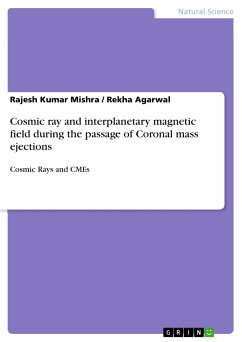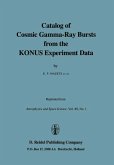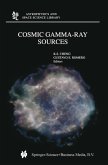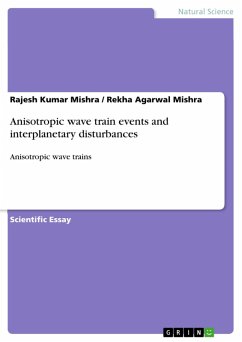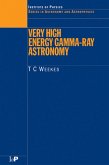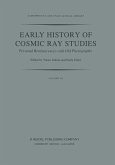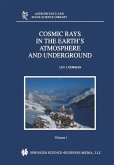Document from the year 2023 in the subject Physics - Astronomy, , language: English, abstract: Coronal Mass Ejections are vast structures of plasma and magnetic fields that are expelled from the sun into the heliosphere. This material is detected by remote sensing and in-situ spacecraft observations. The present study deals with the influence of four types of CMEs namely Asymmetric 'Full' Halo CMEs, Partial Halo CMEs, Asymmetric and Complex 'Full' Halo CMEs and 'Full' Halo CMEs on cosmic ray neutron monitor intensity. The data of ground based neutron monitor of Moscow and CME events observed with instruments onboard and Wind spacecraft have been used in the present analysis. The method of superposed epoch (Chree) analysis has been used to the arrival times of these CMEs. It is noteworthy that the frequency of occurrence of Asymmetric 'Full' Halo CMEs is significantly high, whereas frequency of occurrence of Asymmetric and Complex 'Full' Halo CMEs is low compared to other CMEs. Significant enhancement in cosmic ray intensity is observed after 4 days of the onset of asymmetric full halo and 6 days after the onset of full halo CMEs. The fluctuations in cosmic ray intensity are more prior to the onset of both types of the CMEs. However, during Partial Halo CMEs the cosmic ray intensity peaks, 8- 9 days prior to the onset of CMEs and depressed 3 days prior to the onset of CMEs, whereas in case of asymmetric and complex full CMEs, the intensity depressed 2 days prior to the onset of CMEs and enhanced 2 days after the onset of CMEs. The deviations in cosmic ray intensity are more pronounced in case for asymmetric and complex full halo CMEs compared to other CMEs. The cosmic ray intensity shows nearly good anti-correlation with IMF strength (B) during asymmetric full halo CMEs and partial halo CMEs, whereas it shows poor correlation with B during other CMEs. The IMF, B significantly decreased five days prior to the onset of asymmetric and full halo CMEs and four days after the onset of partial halo CMEs, whereas IMF strength (B) significantly enhanced 5-6 days prior and after the onset of asymmetric and complex full halo CMEs. IMF strength (B) significantly depressed 2 days prior and 4 days after the onset of full halo CMEs. However, IMF, B significantly enhanced from its minimum to maximum values in 2 days interval prior to the onset of CMEs and in 3 days interval after the onset of CMEs.
Dieser Download kann aus rechtlichen Gründen nur mit Rechnungsadresse in A, B, BG, CY, CZ, D, DK, EW, E, FIN, F, GR, HR, H, IRL, I, LT, L, LR, M, NL, PL, P, R, S, SLO, SK ausgeliefert werden.

